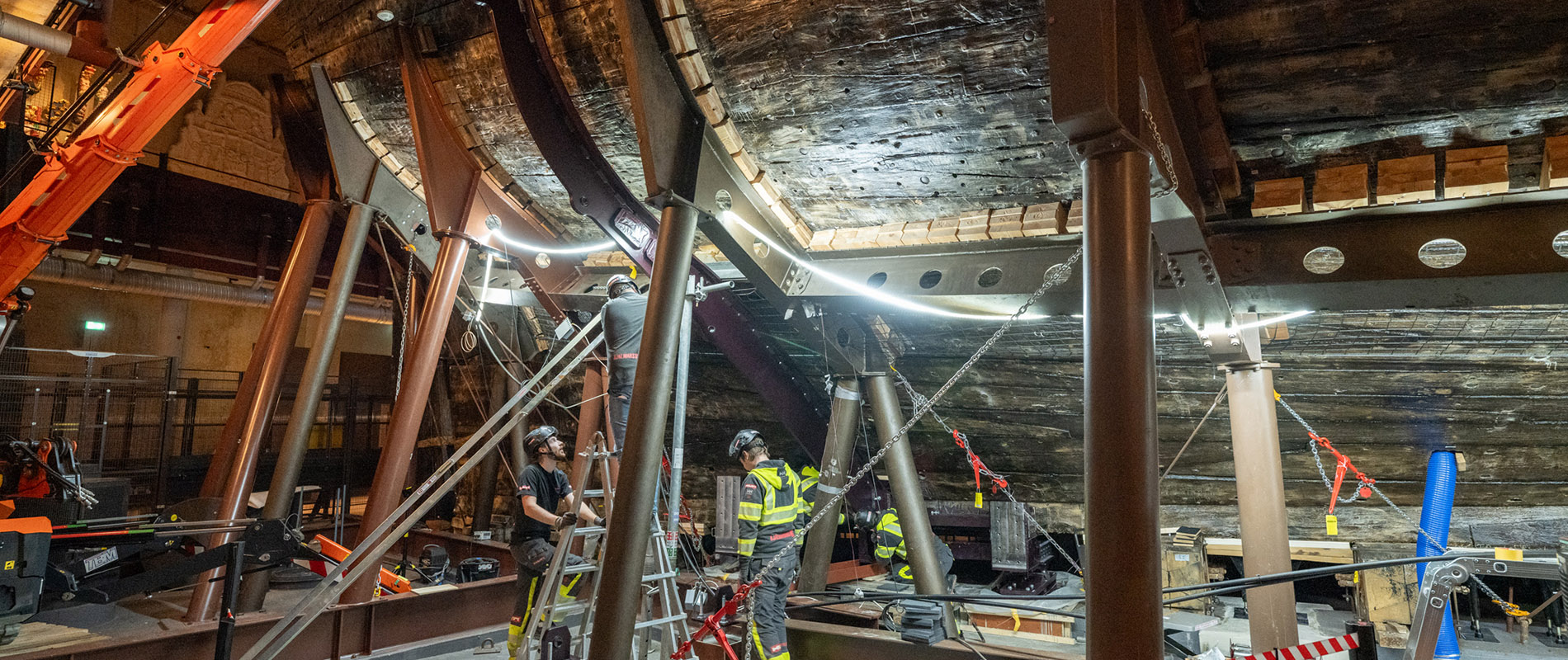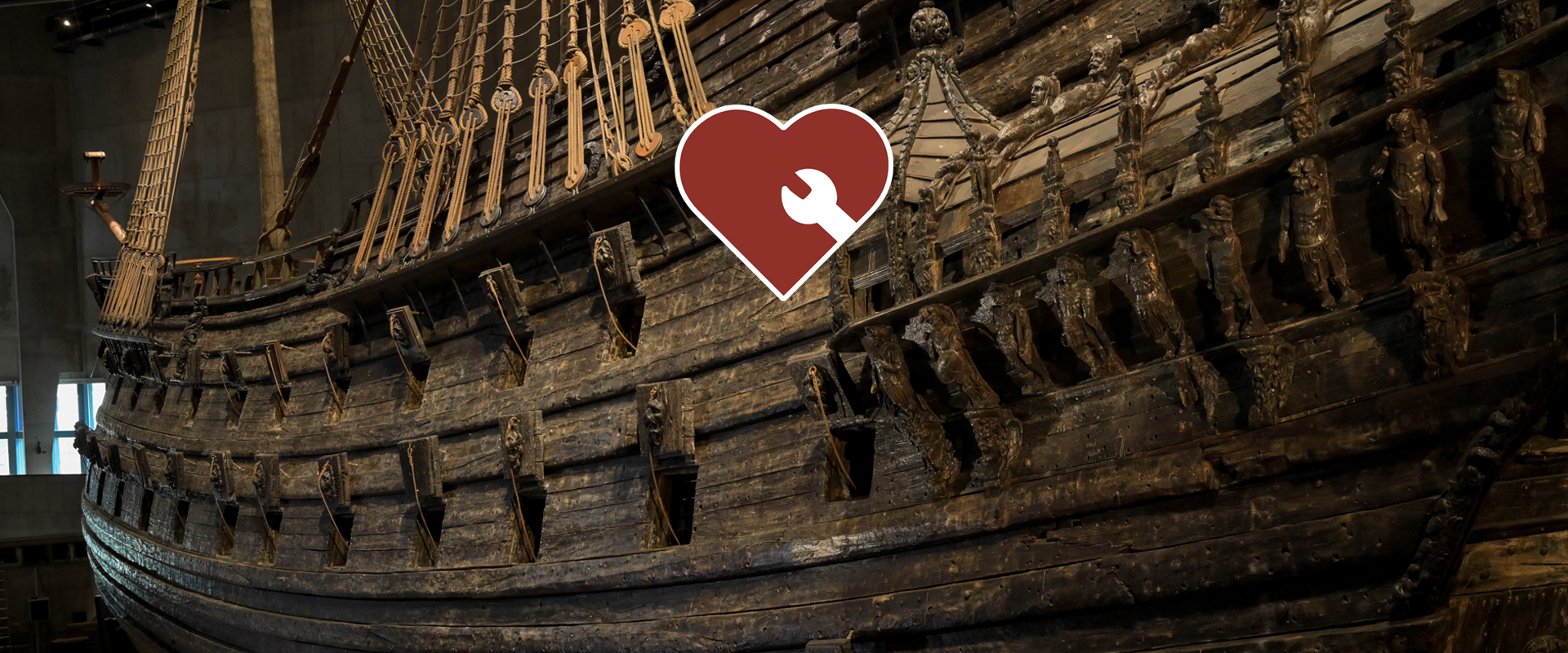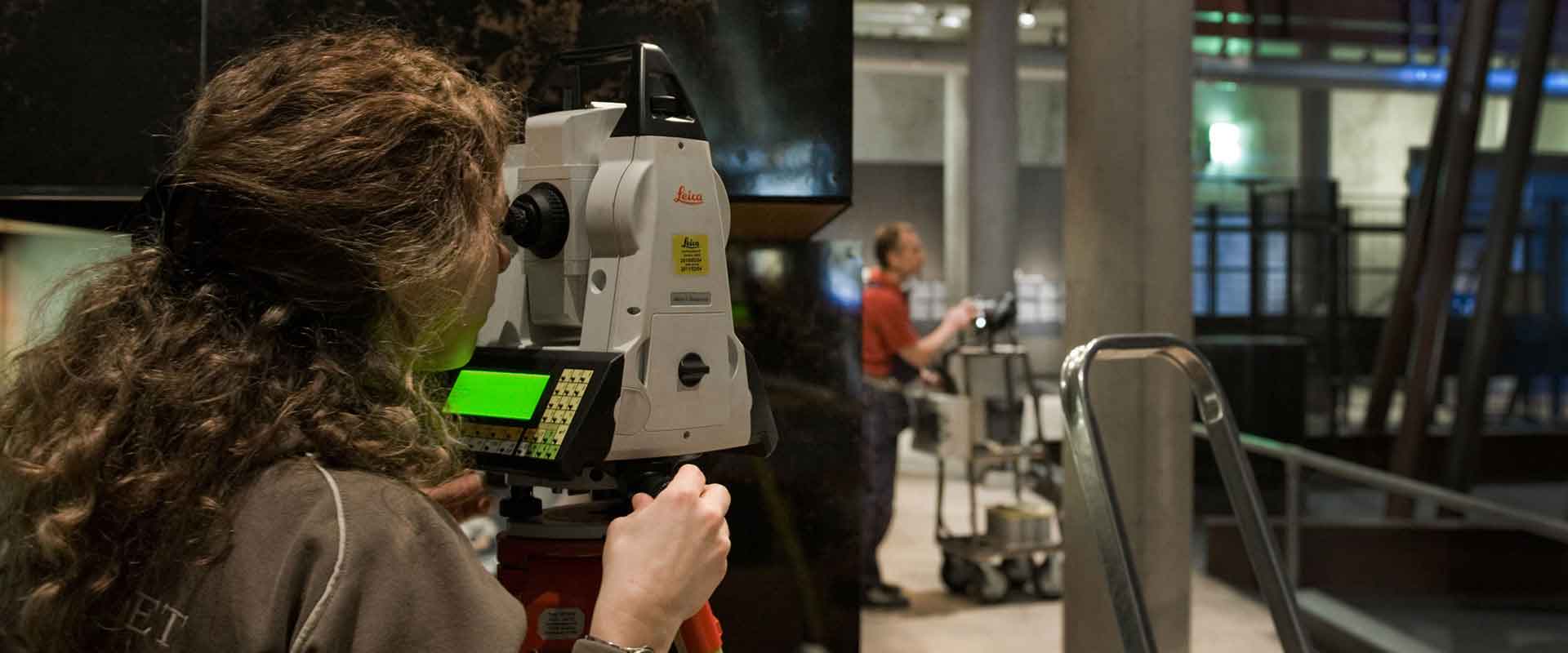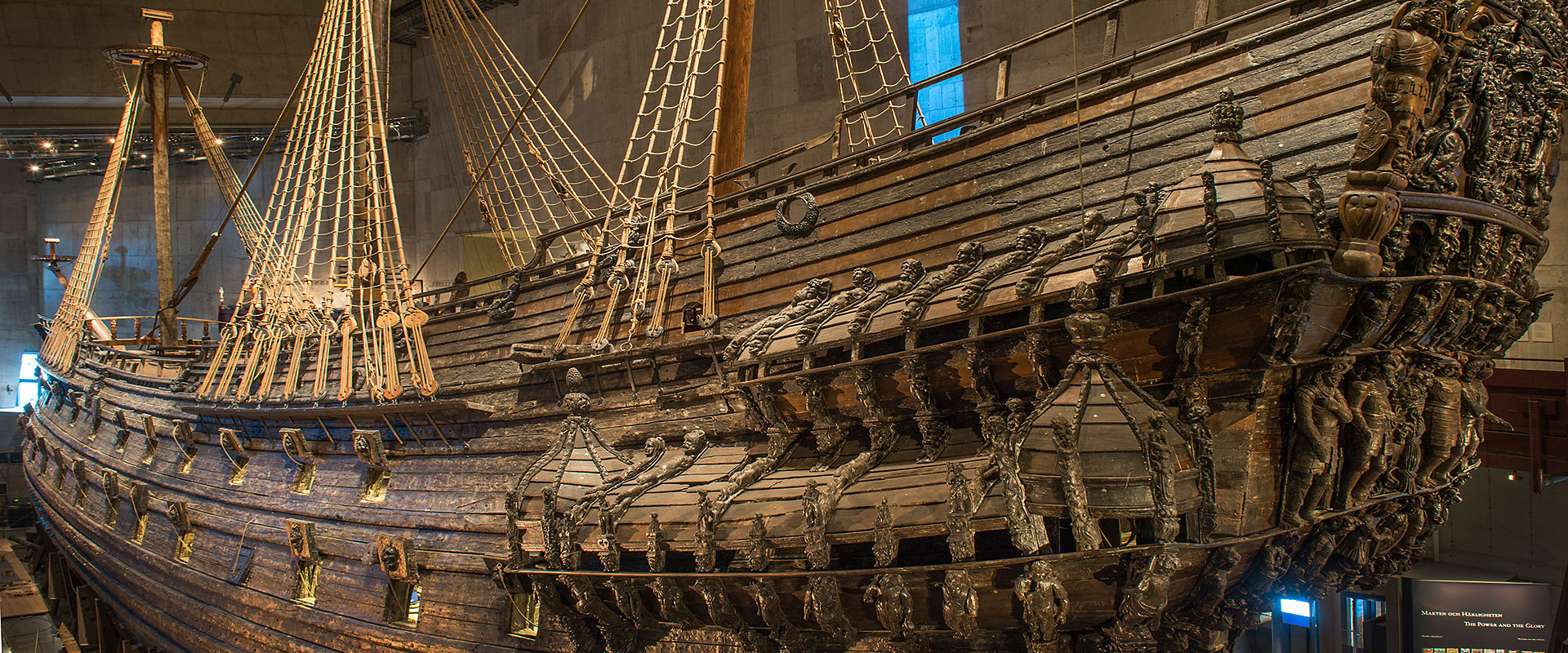The warship Vasa needs a new support structure. The support structure that has been holding Vasa since the 1960s needs to be replaced, as it is damaging the ship and causing deformations in the hull. This is due to the weakening of the ship’s wood. The entire support structure will be replaced over the course of several years, starting in April 2024. The new support structure is based on many years of research through the research project Support Vasa.
Despite its impressive size, Vasa is a very fragile ship. Chemical degradation of the wood has caused the hull, built in oak in the 1620s, to lose much of its strength. There are deformations in the hull, while the ship as a whole moves too much. In addition, Vasa leans slightly to port, and its inclination is increasing over time.
After more than ten years of research, development, design, construction and advanced testing, it is now time to build Vasa’s new support structure. This structure will brace the ship to slow down movements in the hull, minimise the risk of crack formation and collapse, and ensure that it retains its existing shape. All so that Vasa can be preserved far into the future.
External and internal supports
In the future, the hull will be supported both externally and internally. The 17 pairs of external cradle elements currently in place will be replaced with 27 steel cradles, with a joint under the keel. This will result in the ship being supported at a greater number of points compared to today. As Vasa currently has difficulty bearing its own weight, an internal support, a steel skeleton, will also be installed in the ship. The internal support will run from the keel all the way up to the upper deck. It will help bear the loads from the decks and beams to slow down the movements in the hull.
The new support structure follows the design of Vasa, with the cradle elements positioned where they help the ship the most. The greatest challenge lies in supporting the ship’s bow and stern. The very high stern is difficult to support in a good way – the wood is highly degraded and the sterncastle itself was fragile even when newly built.
The actual work will involve dismantling the existing support structure and installing the new one, piece by piece, according to a rather complicated system – all to avoid movements in the hull. In some cases, the new cradle elements will be placed in the exact same spots as the old ones, while in others they will not. The locations of the cradles have been chosen down to the millimetre for the best results.
As many of the new support legs will be positioned at points where the floor cannot bear the weight, the floor in the Vasa Museum’s ship hall must also be reinforced.
The new support structure will prevent further leaning, and makes it possible to straighten the ship and even make subsequent adjustments if necessary.
A critical element is straightening the ship so that the masts are as vertical as possible. The correction of the lean will be carried out once the entire support structure is fully built, since this will be the gentlest approach for the ship.
Complete in 2028
The aim is for the new support structure to be complete by 2028, just in time for the ship’s 400th anniversary. The Vasa Museum will be open as usual throughout the construction period, with a break in the construction work over the summer.
The Support Vasa project
In brief, the Support Vasa project consists of:
- Research 2003–2017: Preserving Vasa 2003–2006, A Future for Vasa 2008–2011 and Support Vasa 2012–2017
- Design 2018–2024
- Construction 2024–2028
Read more about the research and preservation work via the links below.
Help us support Vasa
The Vasa Museum needs help with the funding of the new support structure – the biggest challenge that the museum has undertaken since the salvaging and the conservation of the ship – and is gratefully accepting donations.



